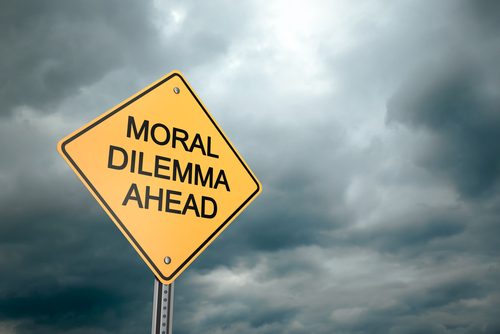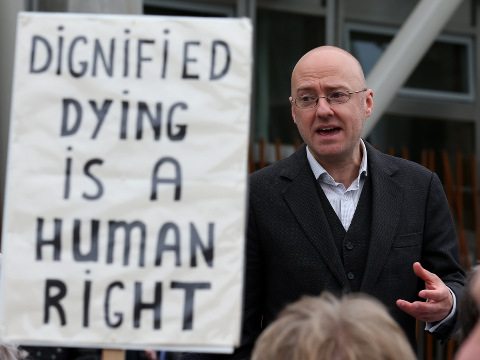In the case of the Nuu chah nulth Nation and Arthritis Research (case 9.1), the primary dilemma revolves around the use of blood samples for other, unspecified research. Dr. Richard Ward came to the Nuu chah nulth Council to receive permission to take blood samples in hopes to “ discover a genetic predisposition to [rheumatoid arthritis] and … help in the search for a cure or at least direct people testing positive to physiotherapy” (W & G 289). His results for discovering a link to arthritis were lacking; however, he was able to publish a groundbreaking paper on the genetic distinctiveness of the Nuu chah nulth Nation. During Dr. Richard’s rise to fame, he neglected his original agreement with the Nuu chah nulth Nation and has let the blood sample circulate through the research community.
The issue at hand is the vagueness of the consent that the Nuu chah nulth Nation signed. Due to this vagueness, the Nation was exploited for their genetic information, receiving neither the promised information nor help regarding Arthritis in their community. Although Dr. Richard Ward forgot to contact the tribe after a year, he technically fell within the constraints of his proposed research –“to conduct a Health Canada sponsored study” (W & G 289). A small loop hole, due to the vagueness in the description of his study, allowed him to branch away from solely doing Arthritis Research. This action should not condone but it prevented; however, I argue that the blame falls on both sides. The consent should have been more specific, and at the time there should not be blind trust in the researcher. This act of blind trust is still prevalent in research today. This became painfully obvious after looking at my own research.
Doing research myself, I never put much thought into the mandatory consent form given out at the beginning of each experiment. For the most part, it is routine and a box on my checklist to ensure the lab does not get sued. I never realized it was also to protect the rights of the subject and the data collected from them. The most frightening part is the fact that most participants in my research do not read the consent but rather agree to my verbal synopsis of it. There is a blind trust towards scientists. People assume the best from them and offer little hesitation when agreeing to someone in a “white lab coat”, especially when the incentive is high.
My final thought after reading this paper is the iconic line from the Hippocratic Oath: “to abstain from doing harm”. I agree that Dr. Richard Ward preformed unsanctioned experiments due to vagueness; however, would the reaction from the Nuu chah nulth Nation be different if the research helped them instead of hindering them? I find it interesting that the reaction of the tribe would have probably been different if Dr. Richard Ward found something prevalent to the Nation’s health, but also unrelated to Arthritis. If no harm were done to the Nuu chah nulth Nation, would there be such large backlash towards the additional experiments?
Citations
Thomas, John E., Wilfrid J. Waluchow, and Elisabeth Gedge. “Case 9.1 The Nuu chah nulth Nation and Arthritis Research” Well and Good: A Case Study Approach to Health Care Ethics. 4th ed. Peterborough, Ontario: Broadview, 2014. 289-192. Print.
Waterson, Bill. “Calivn and Hobbes”, http://1.bp.blogspot.com/-Cmn9aQ8ZpPE/U3fKHC9-3uI/AAAAAAAAGlU/v0jCsff3dEQ/s1600/Research.jpg.







